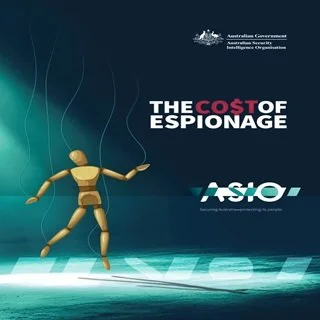By Europol
Intellectual property (IP) crime refers to the theft, infringement and unauthorised use of intellectual property ( 1 ) such as copyrights, designs, trademarks, patents, and geographical indications of origin, and crimes related to trade secrets. Common types of IP crime include counterfeiting (the manufacture, importation, distribution, storage and sale of goods that falsely carry the trademark of a genuine brand without permission) and piracy (the unauthorised copying, use, reproduction, and distribution of materials protected by intellectual property rights). IP crime continues to pose a threat to the EU’s internal security ( 2 ). The harm produced by IP crime is more significant than it appears at first sight. Not only because of its adverse economic effects, but especially in terms of impact on consumers’ health and safety, and on the EU’s natural environment. Criminal actors operating in IP crime are very adept at exploiting opportunities and loopholes, posing challenges to right holders, law enforcement and other relevant authorities. The scale of crime remains considerable. In 2022, approximately 86 million fake items were seized in the EU, with an estimated value exceeding EUR 2 billion. The most common products seized were games ( 3 ), packaging materials, toys, cigarettes, and recorded CDs/DVDs. 60 % of the goods were detained within the EU, and 40 % at the EU’s borders ( 4 ). The illegal trade in counterfeit goods was estimated to represent 5.8% of imports to the EU( 5 ). IP crime thrives because it fulfils a worldwide demand for low-priced goods, which is satisfied by criminal actors and networks operating across continents. Despite prevention campaigns to expose the health and safety dangers of purchasing and consuming counterfeit goods, besides the severe consequences for the industries and companies targeted, counterfeiting keeps appealing to or misleading consumers. IP crime entails a complex criminal process involving multiple steps and various actors. The infringement of intellectual property rights is only the initial stage of IP crime, as the final objective of counterfeiters is to profit as much as possible from the subsequent illicit sale of the fake goods introduced into the consumers’ market. IP crime relies on a multitude of enablers that make this criminal activity particularly successful and at the same time difficult to tackle. These enabling factors can be crimes in themselves, but can also be lawful activities misused for facilitating IP crime. This report explores the ecosystem of IP crime and its interactions with developments in our society. At the core of the report is a description of the criminal process by which the various types of IP crime are committed and the steps it entails. It assesses which key catalysts in today’s EU and global society drive IP crime, making it an area of opportunity for criminal actors. It zooms in on those factors – be they criminal acts or lawful activity misused for criminal purposes – that enable IP crime. At the same time, it considers how IP crime can function as an enabler of other serious and organised crimes. Ultimately, it describes IP crime’s harmful impact on EU citizens and This report uses operational data from investigations contributed to Europol. The EUIPO has also collected contributions by the private sector. Case examples are used throughout the report as illustrations. Where relevant, open-source intelligence has been used to corroborate analytical findings. The focus on enablers invites law enforcement authorities (LEAs), legislators, relevant stakeholders and the public to work even more closely to reduce the harm of IP crime and identify the criminals behind it. A cohesive response by all stakeholders, both within and outside the EU, is a prerequisite toward the detection and dismantling of the criminal networks involved
Luxembourg: Publications Office of the European Union , 2024. 45p.



